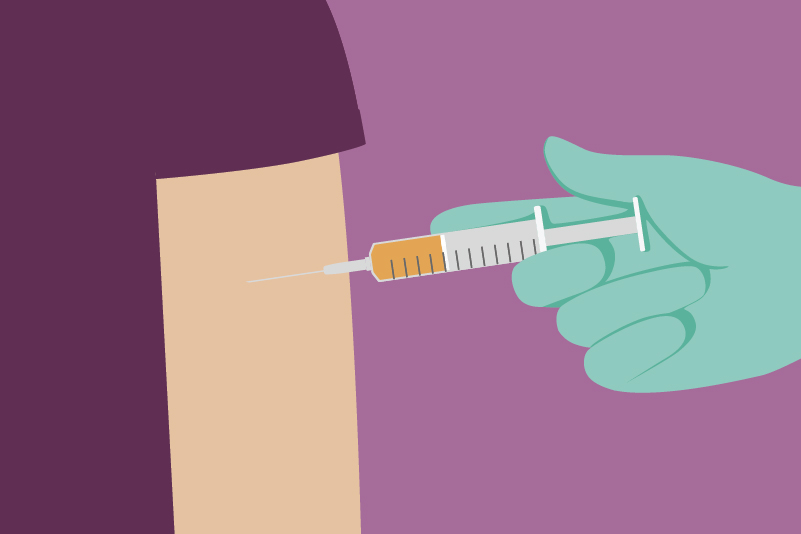#100 Effectiveness of Seasonal Influenza Vaccine for Healthy Working-age Adults

Reading Tools for Practice Article can earn you MainPro+ Credits
Join NowAlready a CFPCLearn Member? Log in
- Influenza rates:
- Well-matched vaccine (matches ≥80% of circulating virus):
- Vaccine 1.2%, control 2.8%, NNT=63.
- Poor or uncertain vaccine match:
- Vaccine 1.2%, control 3.0%, NNT=56.
- Well-matched vaccine (matches ≥80% of circulating virus):
- Number of days ill decreased by ~1/2 day when vaccine matched but increased by ~2/3 day when vaccine did not match.
- The flu shot did not affect hospitalization (assessed in two trials) or pneumonia rates (one trial), and mortality rates were not reported.
- Systemic adverse effects (fever, myalgias): Vaccine 23%, placebo 15%
- Limitations: Most studies short term (one influenza season), many evaluated health care workers, children, or influenza epidemics 30 years ago.
- 1,191 American factory workers (mean age 44, ~80% males), over two influenza seasons.
- Influenza rates:
- Well-matched vaccine: Vaccine 1.4%, placebo 10.2%, NNT=12.
- Poor vaccine match: No statistical difference.
- The flu shot includes three influenza strains, updated annually to match predicted strains. In Canada, vaccine was well-matched in only seven of the last 14 years.4
- Observational evidence demonstrating that the flu shot reduces hospitalizations and mortality appears biased by healthier patients more often choosing vaccination. 5-7
- Canadian and American national immunization committees encourage universal influenza vaccinations.8,9














